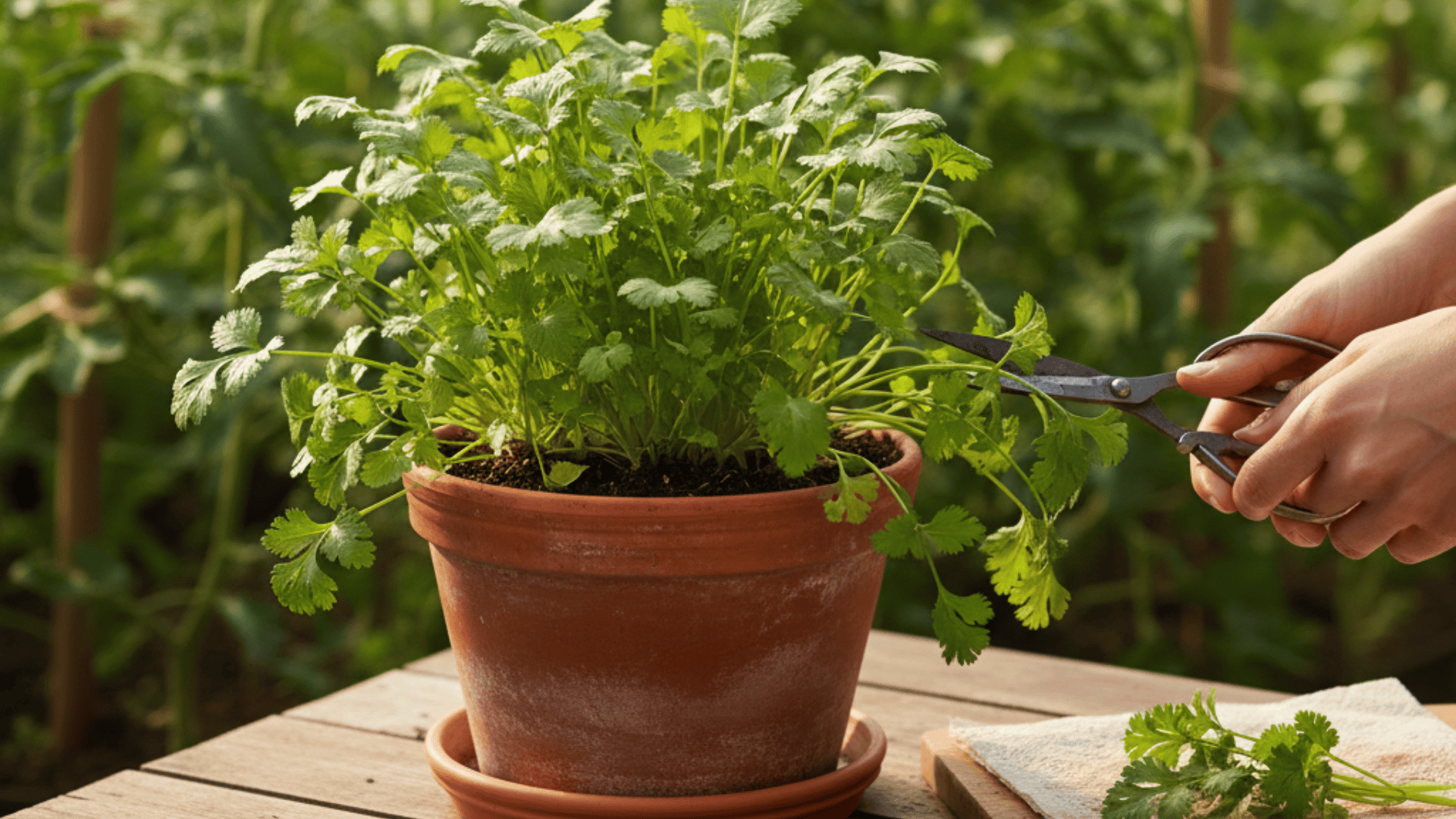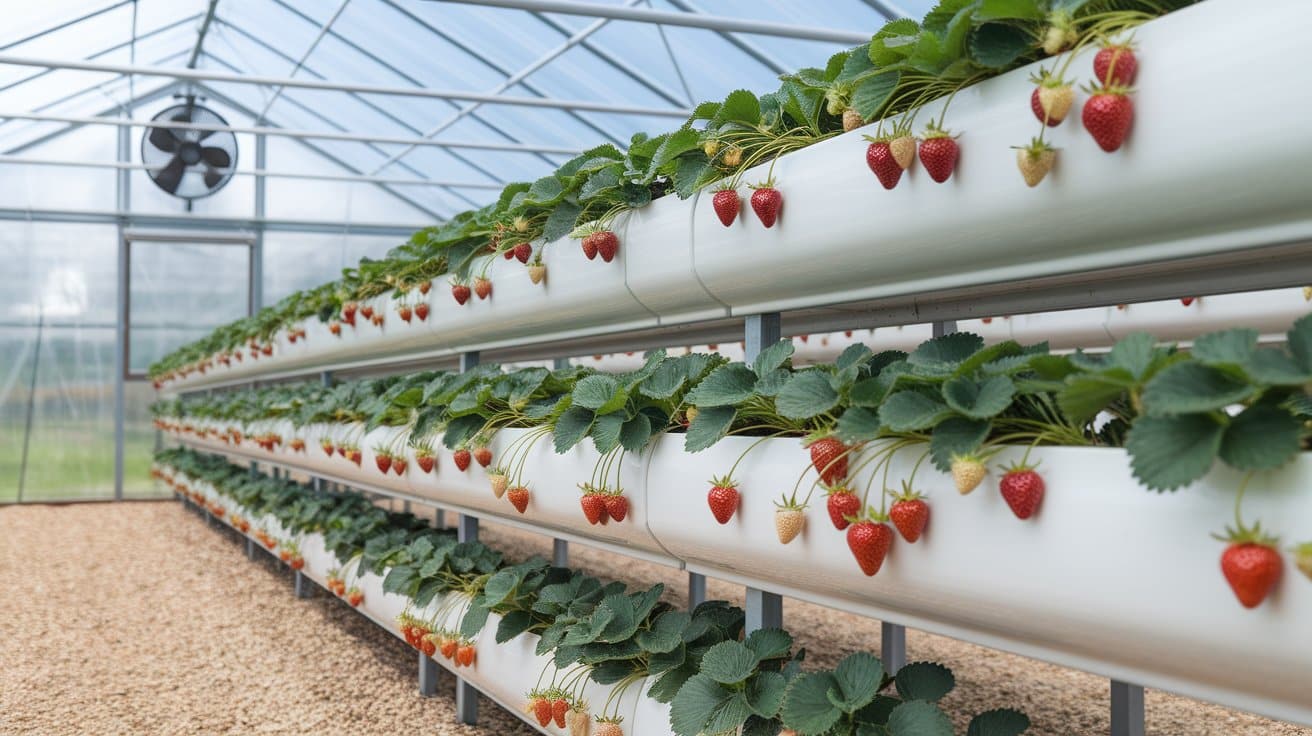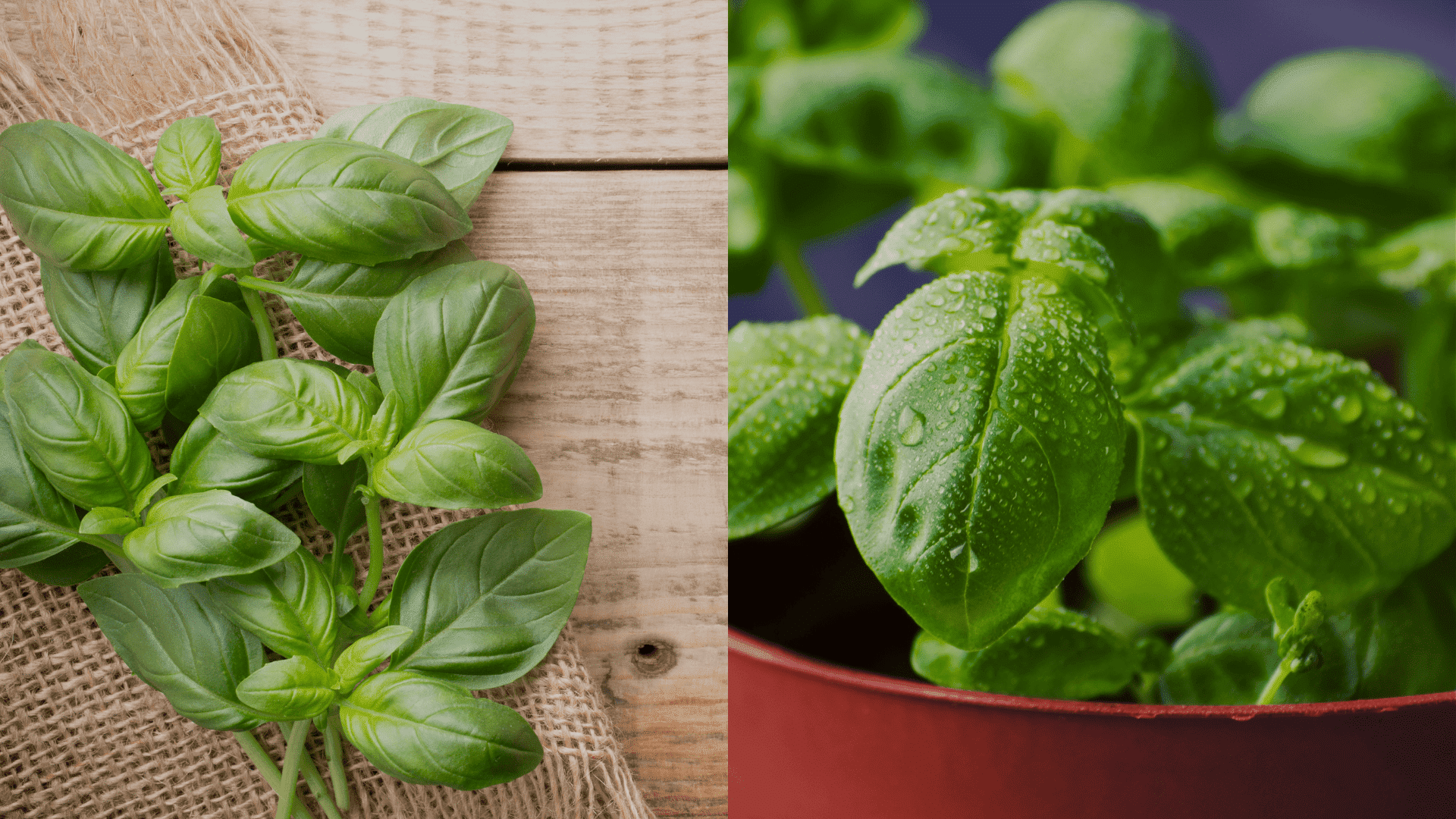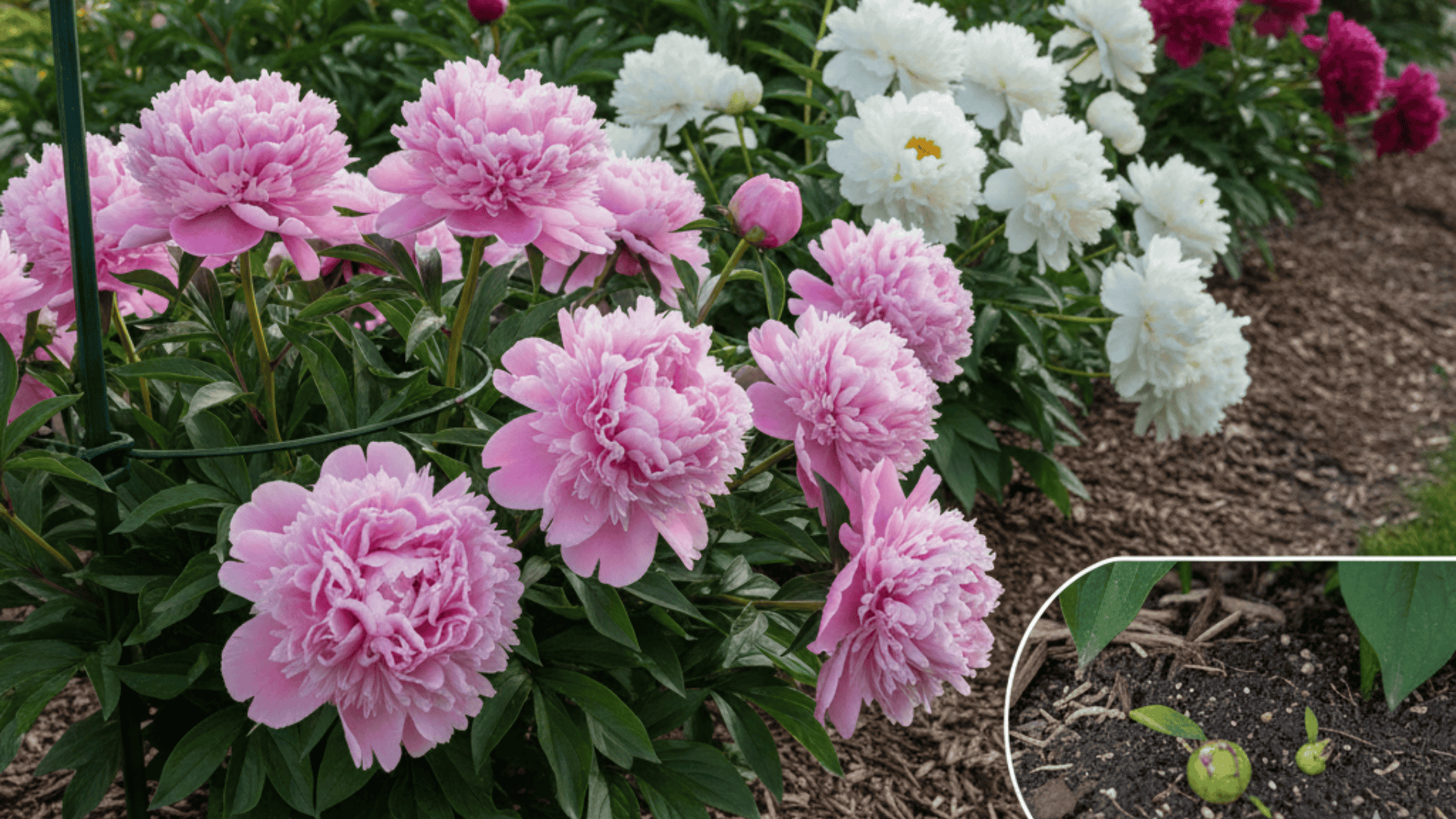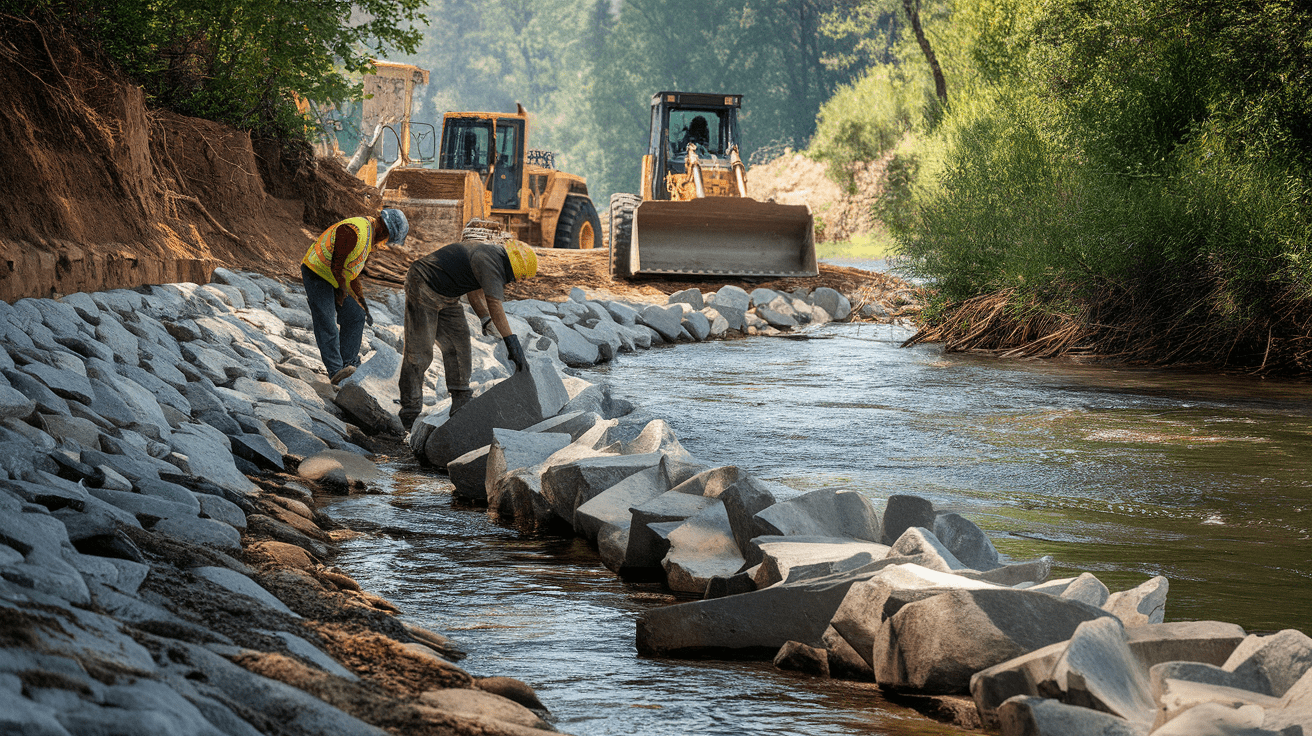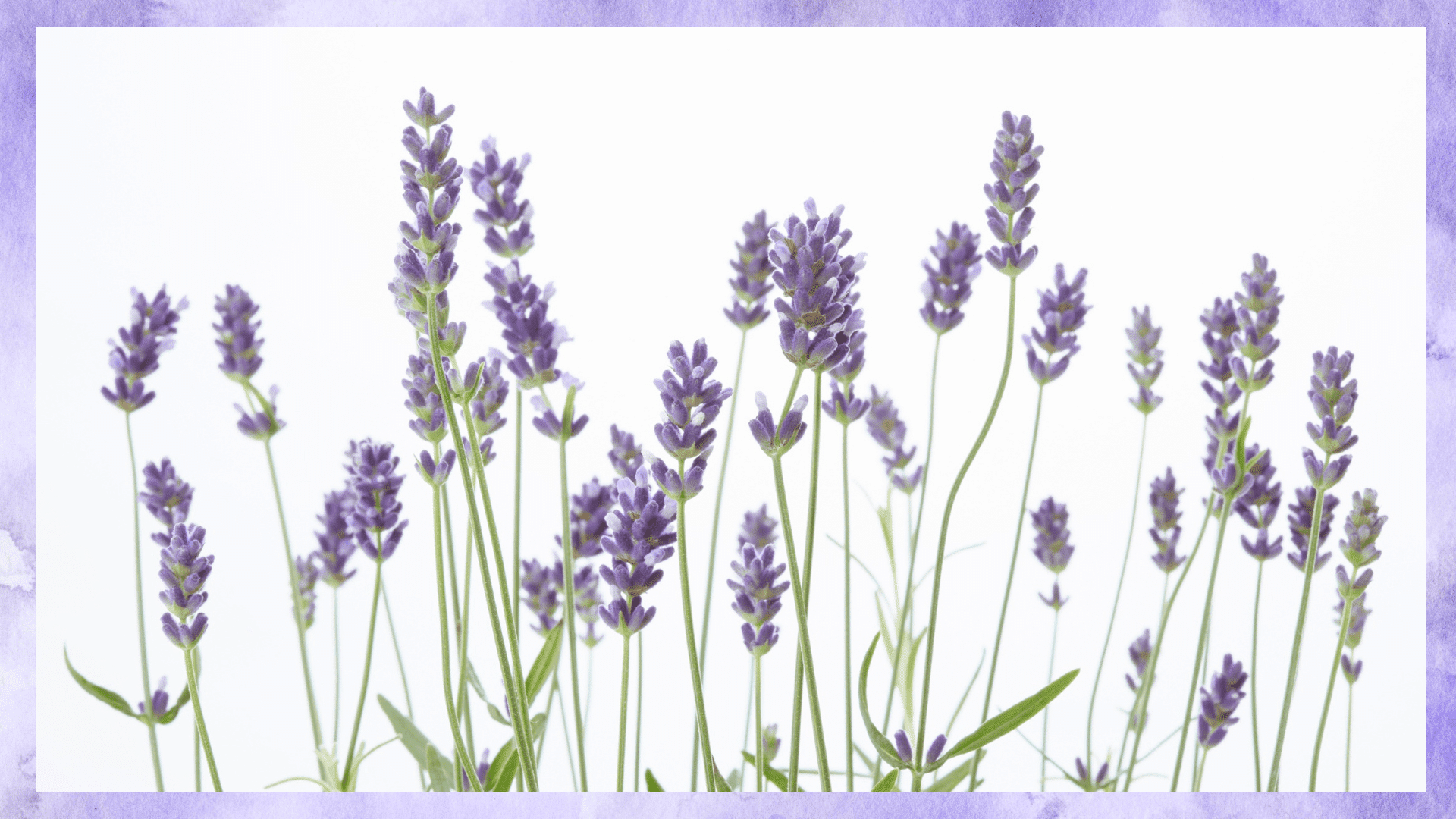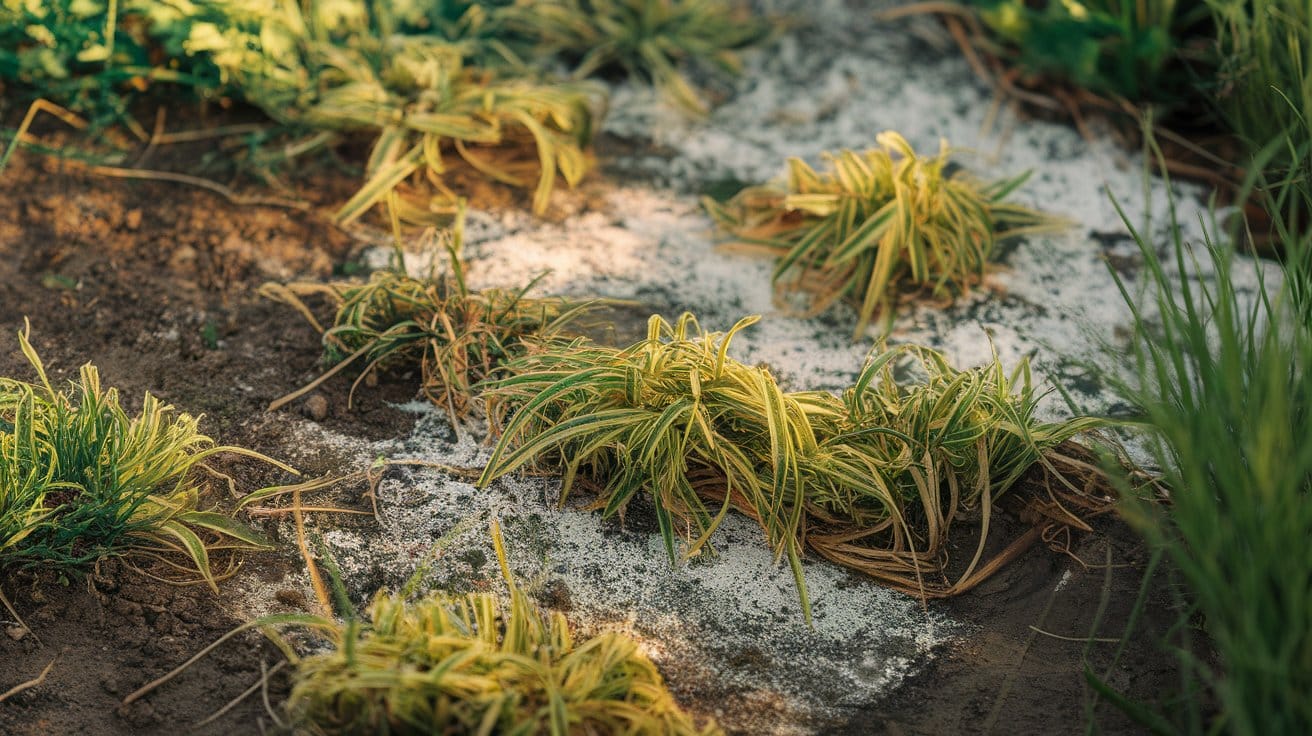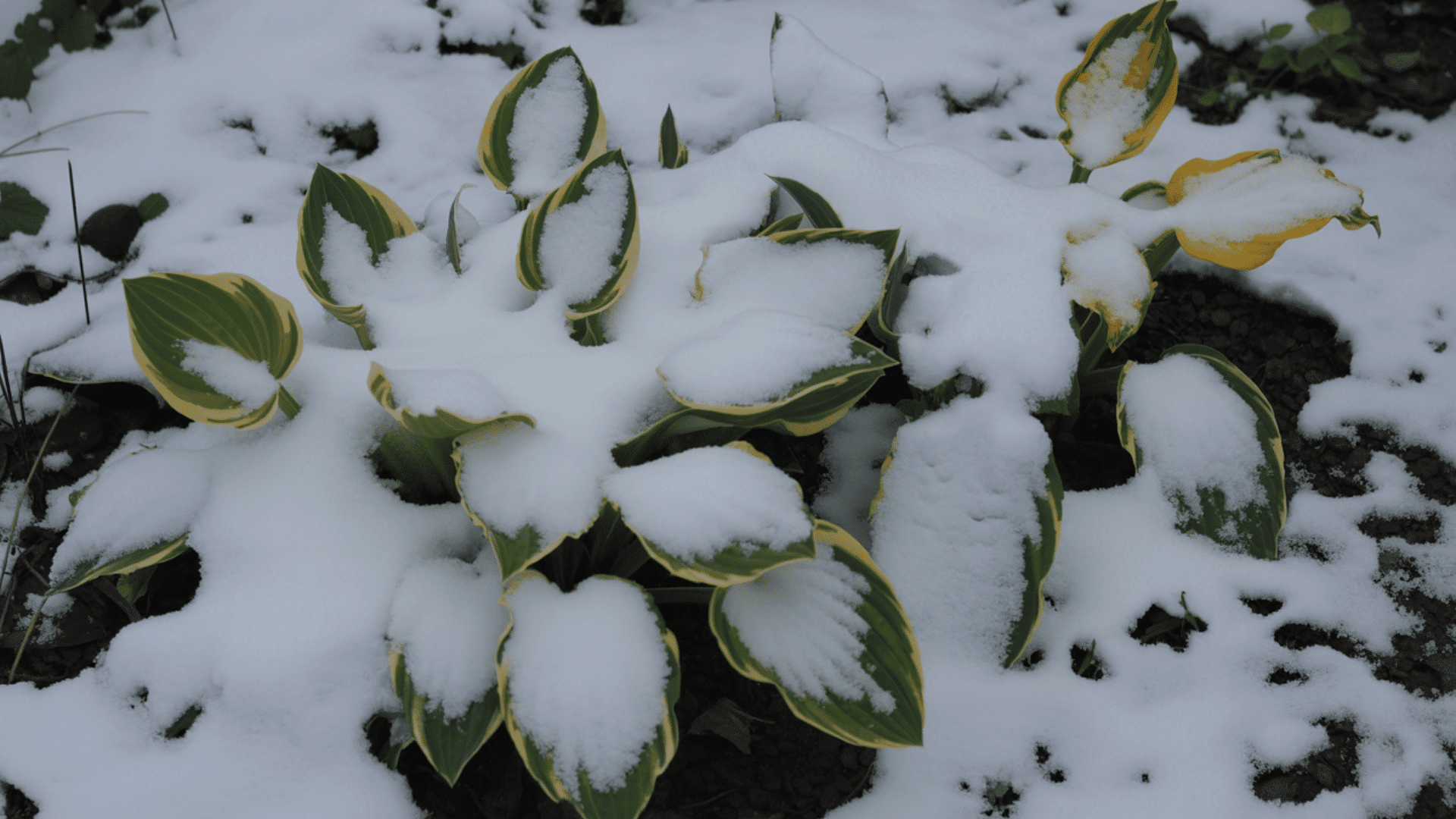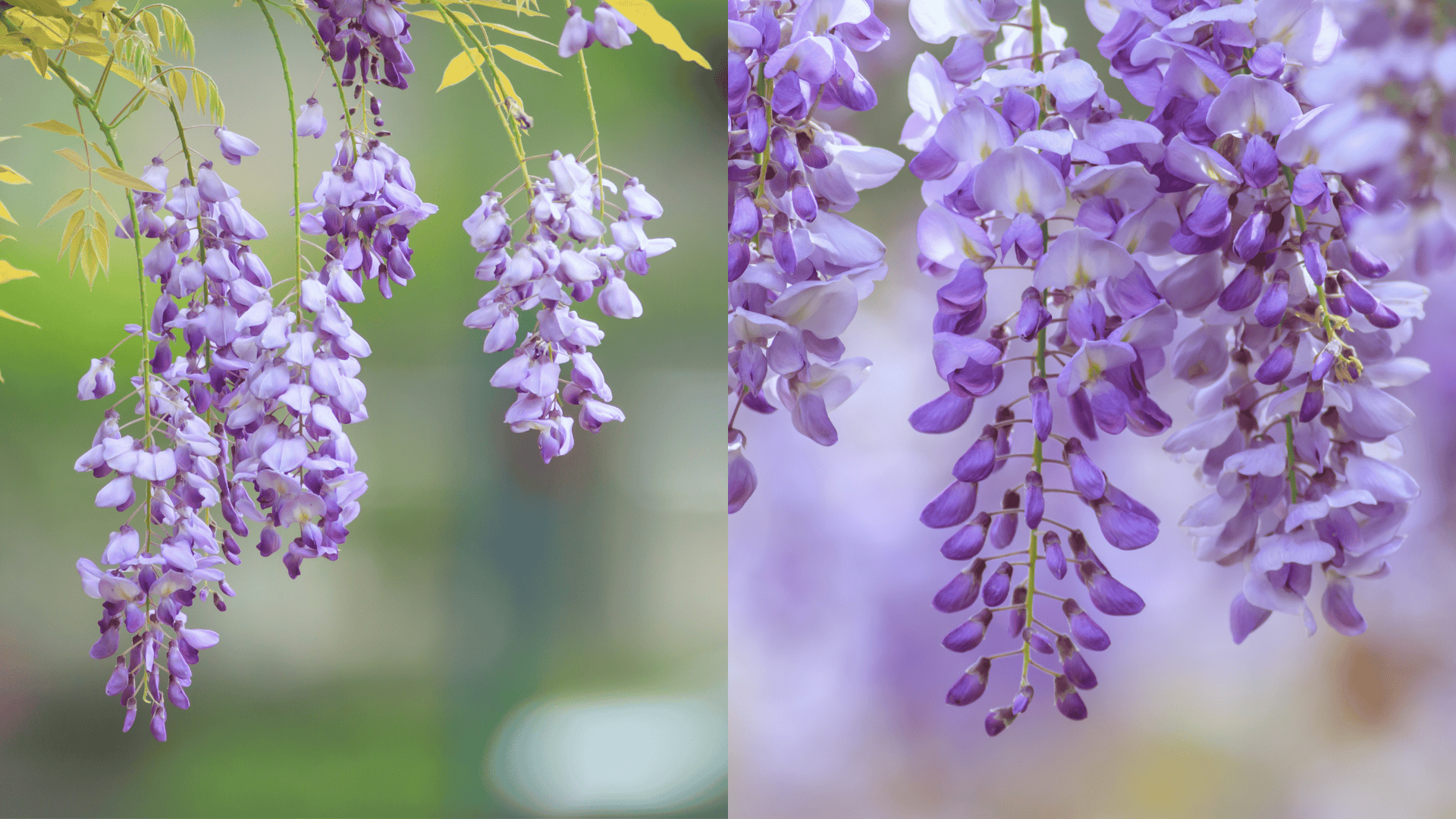Cilantro is one of the most popular herbs to grow because it’s easy to maintain and adds a bright, fresh flavor to countless dishes.
Knowing how to plant cilantro correctly can make a big difference in its growth and taste.
This herb grows in well-draining soil, mild sunlight, and consistent moisture, making it perfect for gardens, pots, or even indoor spaces.
With proper care and the right environment, cilantro produces lush, aromatic leaves throughout the season.
This Blog post offers simple, practical advice based on proven gardening experience to help you grow healthy, flavorful cilantro and enjoy a steady supply at home.
Cilantro Growing Conditions and Timing
Cilantro grows when planted under the right conditions, as its growth and flavor depend greatly on temperature, sunlight, and soil quality.
By adjusting planting methods and care based on the season, it’s possible to enjoy a steady supply of fresh cilantro throughout the year, whether outdoors or indoors.
1. Planting Cilantro in Spring
Spring offers ideal conditions for cilantro growth.
Mild temperatures encourage steady leaf production and reduce early flowering.
Plant in compost-rich, well-draining soil with full morning sun and light afternoon shade for fresh, tender leaves.
2. Growing Cilantro in Summer
In summer, cilantro prefers partial shade to stay cool and prevent bolting.
Growing it in containers makes it easier to move during intense sunlight.
Keep the soil moist and use mulch to retain water and protect the roots.
3. Cilantro Growth in Fall
Fall’s cooler weather helps cilantro produce more flavorful leaves.
It grows well in compost-enriched garden beds with plenty of sunlight and consistent moisture.
This season often provides the longest, most productive harvests.
4. Growing Cilantro in Winter
During winter, cilantro can grow indoors near a bright, sunny window.
Maintain temperatures above 50°F and keep the soil lightly moist.
Indoor planting protects it from frost and allows for a small but steady harvest.
How to Plant Cilantro?
Planting cilantro is simple when the right steps are followed.
With proper soil, light, and care, this herb grows fast and produces flavorful leaves all season long.
- Prepare the Soil: Use loose, well-draining soil enriched with compost to provide nutrients and prevent root rot.
- Sow the Seeds: Plant cilantro seeds about ¼ inch deep and keep the soil moist until germination begins in 7–10 days.
- Provide Proper Light: Give cilantro 4–6 hours of morning sunlight and light afternoon shade for balanced growth.
- Maintain Moisture: Water regularly to keep the soil evenly damp without overwatering.
- Encourage Growth: Thin out crowded seedlings and trim outer leaves often to promote healthy, bushy plants.
Caring Tips to Maintain Healthy Cilantro
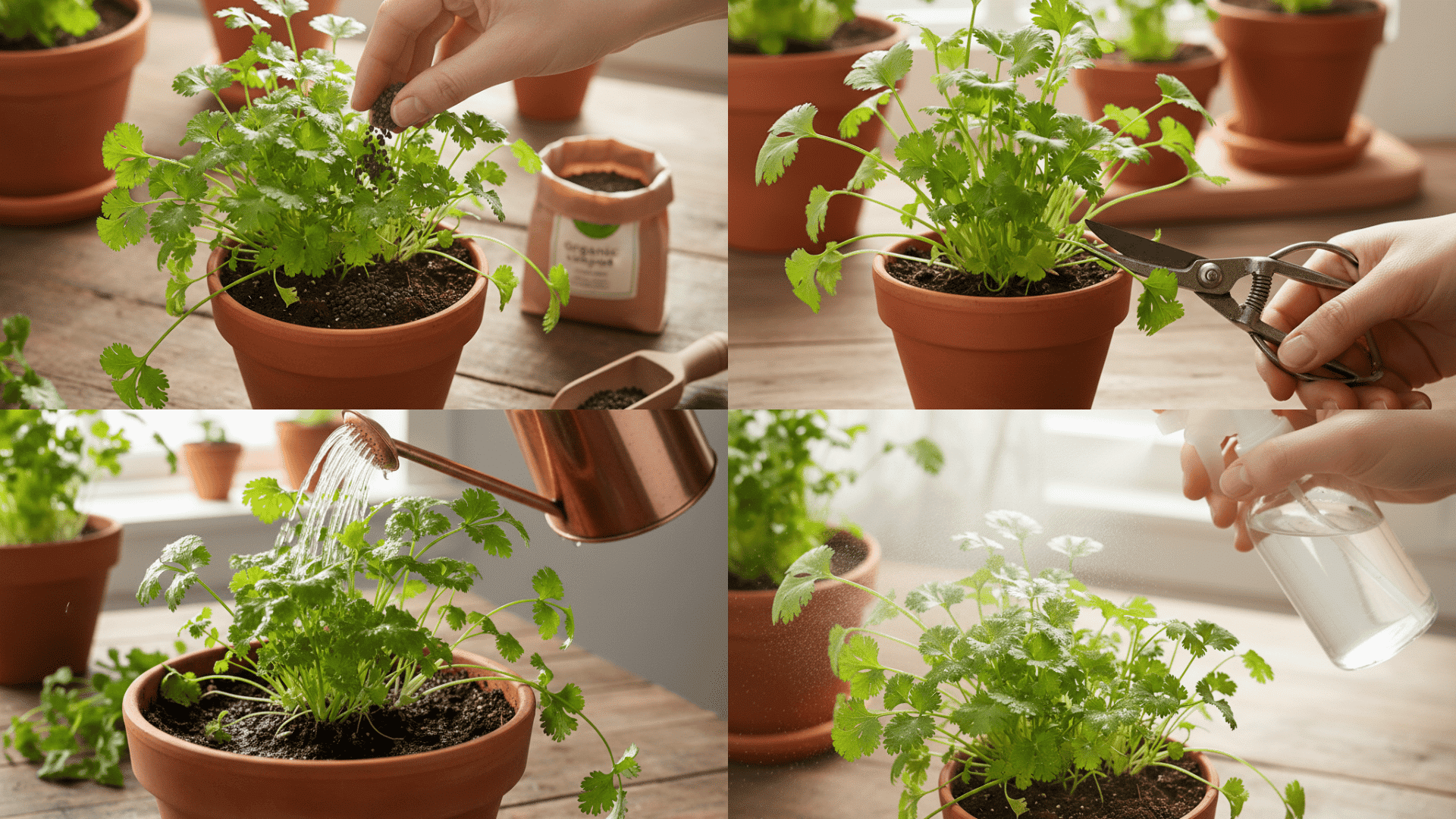
Once cilantro starts growing, consistent care helps maintain healthy plants with flavorful leaves.
Balancing water, light, and nutrients allows cilantro to stay fresh longer and produce abundant foliage throughout the growing season.
1. Water Consistently
Cilantro grows in evenly moist soil that is neither dry nor waterlogged.
The best approach is to water when the top inch of soil feels dry to the touch.
During hot weather, plants may need daily watering, while cooler conditions typically require watering only every few days.
Maintaining consistent moisture levels keeps leaves tender and helps prevent premature flowering, which can shorten the harvest period.
2. Feed Lightly
A mild, balanced fertilizer applied once every three to four weeks provides adequate nutrition for cilantro plants.
Overfeeding can cause excessive vertical growth and reduced flavor in the leaves, so light and occasional feeding works best.
Compost or organic plant food delivers steady nutrition that supports healthy, gradual growth.
3. Trim Regularly
Regular trimming encourages bushier growth and extends the productive life of cilantro plants.
Once the plant reaches about 6 inches in height, harvesting outer leaves while leaving the center growth intact allows for continuous regeneration.
This pruning method stimulates new leaf production and keeps plants yielding fresh cilantro for several weeks.
4. Watch for Pests and Heat
Aphids and fungal spots commonly affect cilantro, particularly in humid conditions.
Regular inspection of plants helps catch problems early, and a light water spray or natural pest control solution can address minor infestations.
During periods of intense heat, providing shade or relocating container plants indoors prevents wilting and extends the growing season.
Harvesting Cilantro the Right Way
Harvesting cilantro at the right time helps maintain its flavor and encourages continuous growth.
Begin cutting the outer leaves once the plant reaches about six inches tall, allowing the inner leaves to continue developing.
Regular harvesting promotes new leaf production and delays early flowering.
Use clean scissors to trim the leaves close to the base, taking care not to damage the stems.
To keep cilantro fresh for several days, store the harvested leaves in a damp paper towel inside the refrigerator.
How to Solve Common Cilantro Growing Issues?
Even experienced gardeners face challenges when growing cilantro.
The most common issues and how to fix them quickly.
- Bolting early: Plant in cooler months, choose slow-bolt varieties, provide afternoon shade, and harvest leaves regularly to delay flowering.
- Yellow leaves: Check soil moisture before watering, ensure proper drainage, add compost to the soil, and feed with diluted fertilizer every 3-4 weeks.
- Sparse growth: Thin seedlings to 3-4 inches apart, use pots at least 8 inches deep, provide 6 hours of light daily, and fertilize every 2-3 weeks.
- Mold on leaves: Water in the morning at soil level, space plants properly for airflow, use a fan indoors, and remove affected leaves immediately.
- Wilting plants: Water deeply when the top inch of soil feels dry, avoid letting the soil get bone dry, and mulch around plants to retain moisture.
- Slow germination: Soak seeds overnight before planting, keep soil consistently moist, maintain temperatures between 55-68°F, and be patient for 7-10 days.
Conclusion
Learning how to plant cilantro successfully comes down to timing, temperature, and care.
Plant seeds in cool weather, keep soil moist but well-drained, and harvest regularly to prevent bolting.
These methods come from my 10+ years of hands-on experience growing cilantro in different conditions.
The key to success? Plant when temperatures naturally stay cool, give your cilantro morning sun with afternoon shade, and cut leaves often.
Start small with just a few plants, watch how they respond, and adjust based on what you see.
Ready to grow more herbs? What herb will you grow next?
Share your cilantro growing experience in the comments below!

